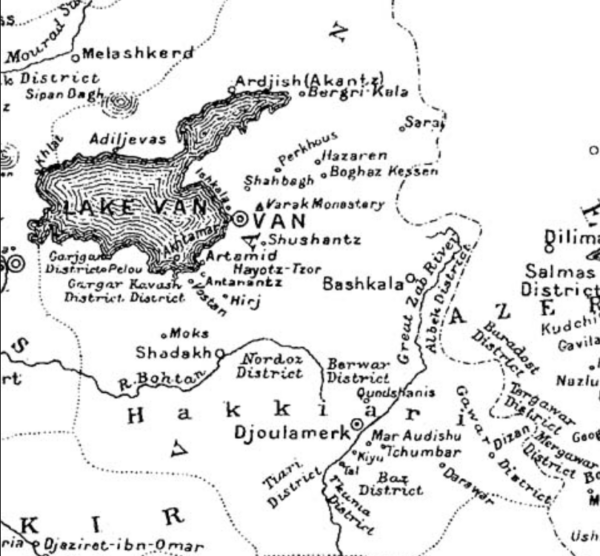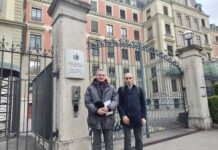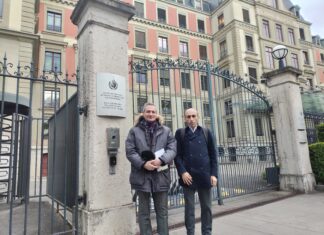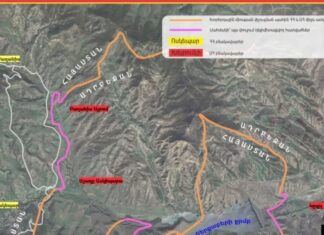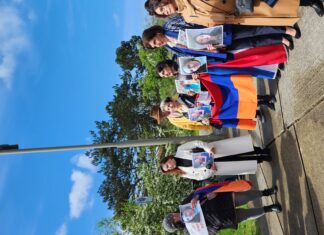By Levon Karamanoukian
Special to the Mirror-Spectator
Archaeologists working in the Southeast Regions of Lake Van have unearthed ancient human skulls that evidence brain surgery techniques dating as far back as the Iron-Age. The excavations at Kaniya Bekan Necropolis are headed by Hakan Yilmaz, an associate professor at the Department of Archaeology at the Van Yüzüncü Yıl University.
According to Hakan Yilmaz, the excavations indicate that the inhabitants of the region, dating back 3,200 years ago, practiced cranial surgery that exhibited “a high degree of medical knowledge.” He adds, “About sixty percent of those who underwent these surgeries showed signs of healing, suggesting a relatively successful medical practice.”
The skull findings show evidence of trepanation (burring a hole) and surgical drilling of bone with healed edges suggesting that the recipients of the surgery survived for quite some time after the procedure.
The necropolis of Kaniya Bekan is located southeast of Lake Van in the Uzuntekne neighborhood of Çatak (Շատախ) district. According to the Van Chamber of Commerce and Industry, the region of Çatak was once an old Armenian settlement that officially changed its name to a more Turkified version in 1960. According to the Armenian Patriarchate, the Armenian-populated Çatak district had “a census of 1,096 Armenians (219 houses) and 9 Kurds (2 houses)” at the turn of the 20th century. There are currently 33 neighborhoods in the Çatak (Շատախ) district in present-day Turkey.





